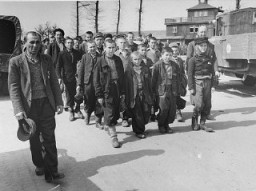You searched for: 5G基站源码搭建定制开发【TG���������@EK7676】平台包网搭建5G基站源码搭建定制开发【TG���������@EK7676】平台包网搭建1GZTwVod8U
<< Previous | Displaying results 71-80 of 820 for "5G基站源码搭建定制开发【TG���������@EK7676】平台包网搭建5G基站源码搭建定制开发【TG���������@EK7676】平台包网搭建1GZTwVod8U" | Next >>
-
Ruins of a Polish town
PhotoA Polish town in ruins after six years of war and German occupation. Poland, 1945.
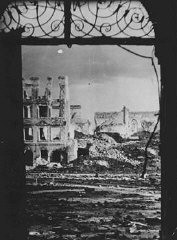
-
Site of the Gardelegen atrocity
PhotoBarn on the outskirts of the town of Gardelegen that was the site of the massacre of over 1,000 concentration camp prisoners. Germany, April 16, 1945.
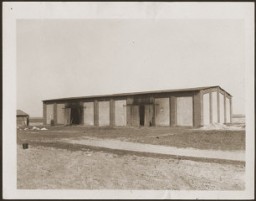
-
Barracks in Auschwitz-Birkenau
PhotoView of barracks in the women's camp in the Auschwitz-Birkenau killing center in German-occupied Poland, 1944.

-
Swedish protective pass
PhotoSwedish protective pass issued to Joseph Katona, the Chief Rabbi of Budapest. Budapest, Hungary, September 15, 1944.
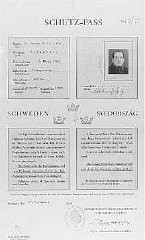
-
Danish rescue boat
PhotoDanish fishermen used this boat to carry Jews to safety in Sweden during the German occupation. Denmark, 1943 or 1944.
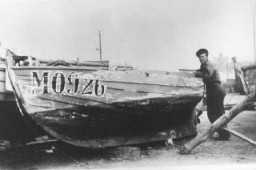
-
Preparing food in Theresienstadt
PhotoPreparation of food outside a barracks in Theresienstadt. Photograph taken after liberation. Theresienstadt, Czechoslovakia, June–August 1945.
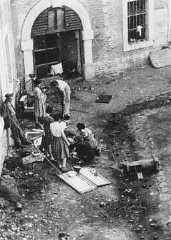
-
Entrance to the Riga ghetto
PhotoEntrance gate to the Riga ghetto. This photograph was taken from outside the ghetto fence. Riga, Latvia, 1941-1943.
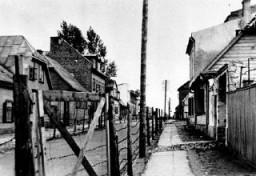
-
Survivors of Ebensee
PhotoSurvivors of the Ebensee subcamp of the Mauthausen concentration camp. Ebensee, Austria, May 8, 1945.
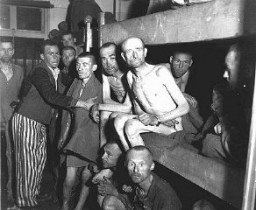
-
Barracks in Kaufering
PhotoView of barracks after the liberation of Kaufering, a network of subsidiary camps of the Dachau concentration camp. Landsberg-Kaufering, Germany, April 29, 1945.
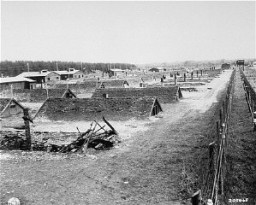
-
Child survivors of Buchenwald
PhotoChildren march out of Buchenwald to a nearby American field hospital where they will receive medical care. Buchenwald, Germany, April 27, 1945.
